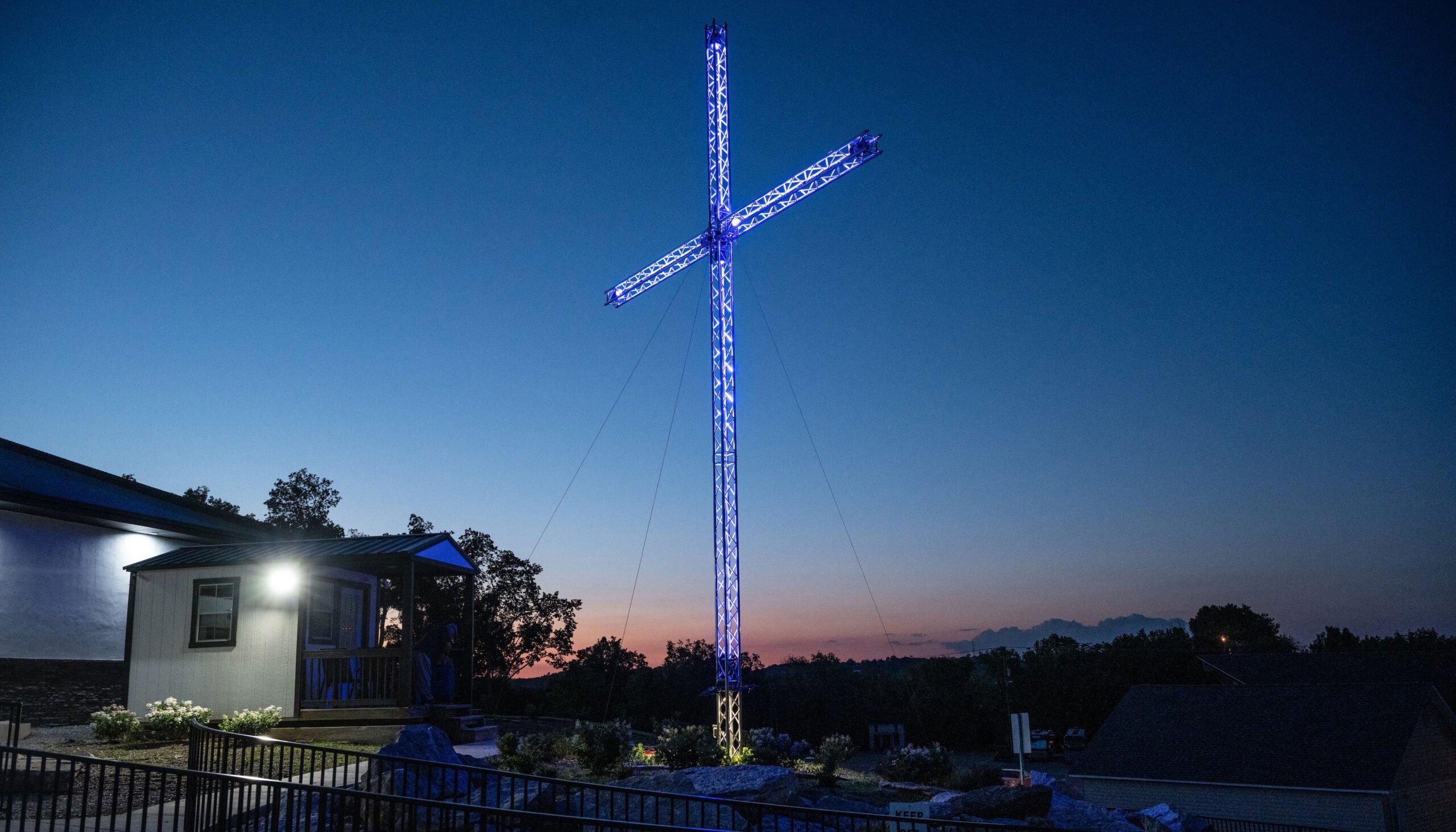The Demon Slayers, by Sam Kestenbaum

🌈 Abstract
The article explores the rise of the "Demon Slayers" movement, a group of evangelical Christian pastors and ministers who have gained popularity through their focus on exorcism and deliverance from demonic spirits. It examines the media-savvy approach of the movement, led by pastor Greg Locke, and their efforts to stage large-scale exorcism events and produce feature-length films on the topic. The article delves into the historical and cultural context that has contributed to the growing interest in the supernatural and demonic among some evangelical Christians, as well as the tensions and challenges faced by the Demon Slayers as they seek to maintain their popularity and expand their media empire.
🙋 Q&A
[01] The Rise of the "Demon Slayers" Movement
1. What are the key factors that have contributed to the growing popularity of the "Demon Slayers" movement?
- The article cites the cosmic yearnings of the 1960s, the success of films like "The Exorcist," and the rise of evangelical literature on topics like demon possession and exorcism as historical factors that have contributed to the growing interest in the supernatural and demonic among some evangelical Christians.
- The COVID-19 pandemic and the associated feelings of isolation and uncertainty have also led to a new demand for religious figures offering supernatural remedies, which the Demon Slayers have sought to capitalize on.
- The media-savvy approach of the Demon Slayers, including their use of social media, livestreaming, and feature-length films, has also helped to expand their reach and appeal to a wider audience.
2. How does the Demon Slayers' approach to exorcism and deliverance differ from more traditional evangelical views?
- The article notes that the Demon Slayers' focus on exorcism and deliverance represents a departure from the more traditional Baptist and evangelical views, which historically shied away from such "wonder-working" activities.
- However, over the past 60 years, practices once associated with Pentecostal churches, such as glossolalia, faith healing, and the casting out of demons, have become more widespread across different denominations, a trend that the Demon Slayers have embraced and amplified.
3. What are some of the criticisms and tensions faced by the Demon Slayers movement?
- The article outlines three main criticisms of the Demon Slayers:
- Theological objections from non-Pentecostal Protestants who believe that true believers cannot be possessed by demons.
- Skeptical debunking from those who view the Demon Slayers as harmful grifters selling false hopes.
- Concerns about the movement's reliance on spectacle and showmanship, which some view as tasteless or exploitative.
- The article also notes tensions within the Demon Slayers movement, such as feuds between the various pastors and ministers, and concerns about plagiarism and the sustainability of their media empire.
[02] The Media-Driven Approach of the Demon Slayers
1. How have the Demon Slayers leveraged media and technology to promote their message and activities?
- The Demon Slayers have embraced a media-driven approach, using platforms like social media, livestreaming, and feature-length films to reach a wider audience and promote their message of deliverance from demonic spirits.
- They have collaborated with filmmakers to produce a movie called "Come Out in Jesus Name," which chronicles the personal journey of pastor Greg Locke and the Demon Slayers' exorcism events.
- The article notes that the Demon Slayers have also sought to "saturate the market" with their content, including books, conferences, and online subscription plans, in an effort to expand their reach and influence.
2. What role do the media and production elements play in the Demon Slayers' events and activities?
- The article describes the Demon Slayers' events as highly choreographed and staged performances, with multiple cameras capturing the proceedings and a focus on capturing dramatic, visually compelling moments of deliverance and exorcism.
- The production team, led by Wayne Caparas, is tasked with identifying and filming the most impactful and "pow factor" moments to be used in the Demon Slayers' media content.
- The article suggests that the Demon Slayers' approach blurs the line between the spiritual and the theatrical, with the media and production elements playing a crucial role in shaping and amplifying the narrative of their activities.
3. How do the Demon Slayers' media-driven approach compare to more traditional forms of religious ministry and evangelism?
- The article contrasts the Demon Slayers' media-savvy approach with the more traditional, low-key forms of religious ministry and evangelism, noting that the Demon Slayers have embraced a more theatrical, spectacle-driven style that is tailored for modern media consumption.
- This represents a departure from the more reserved and less visually-oriented approaches of some older evangelical and Protestant traditions, as the Demon Slayers seek to reach a wider audience and capitalize on the public's appetite for the supernatural and the dramatic.